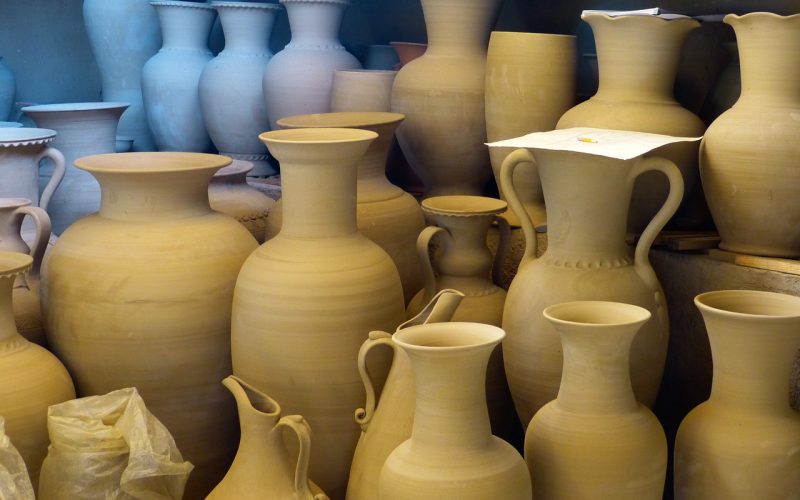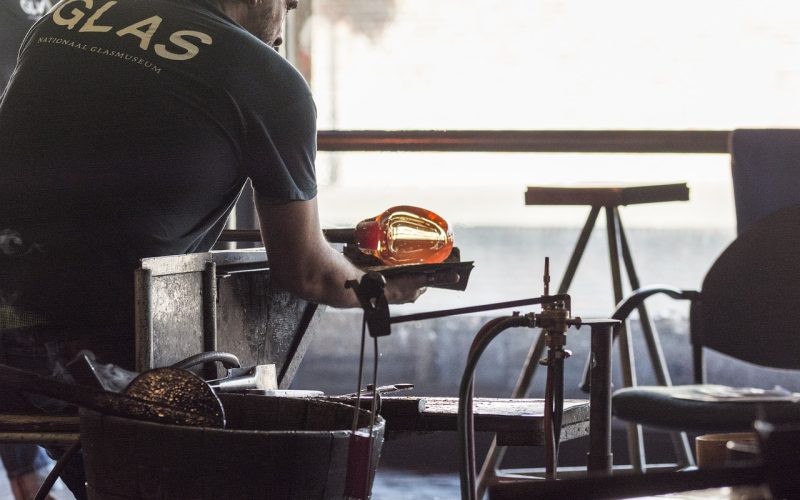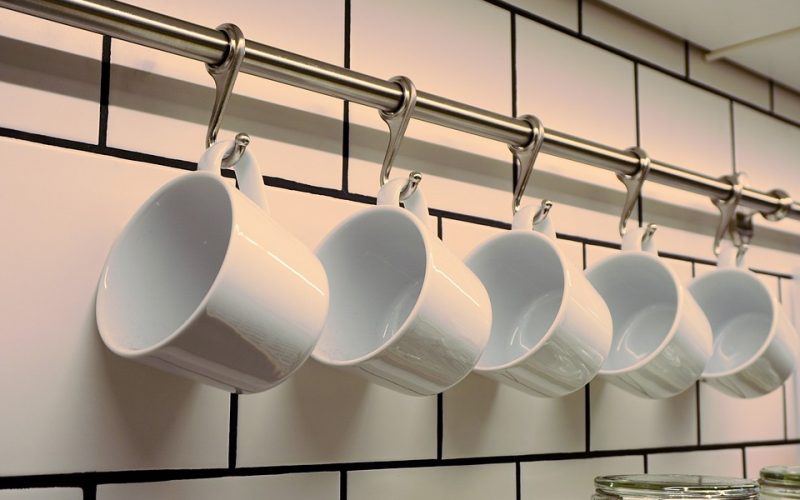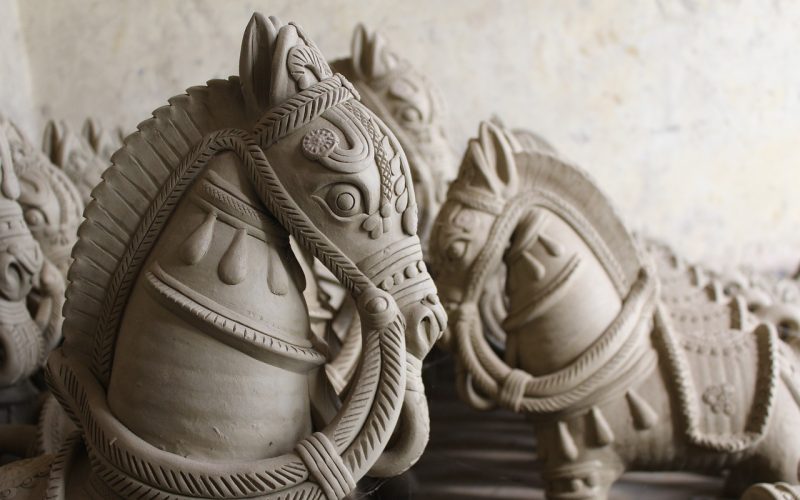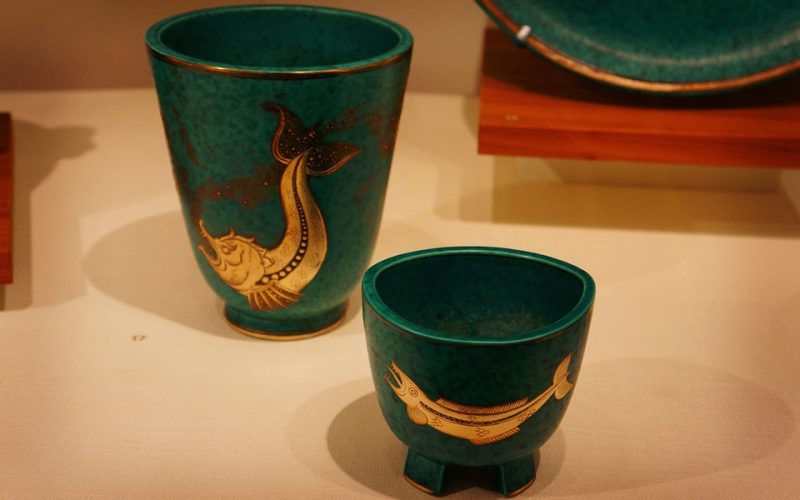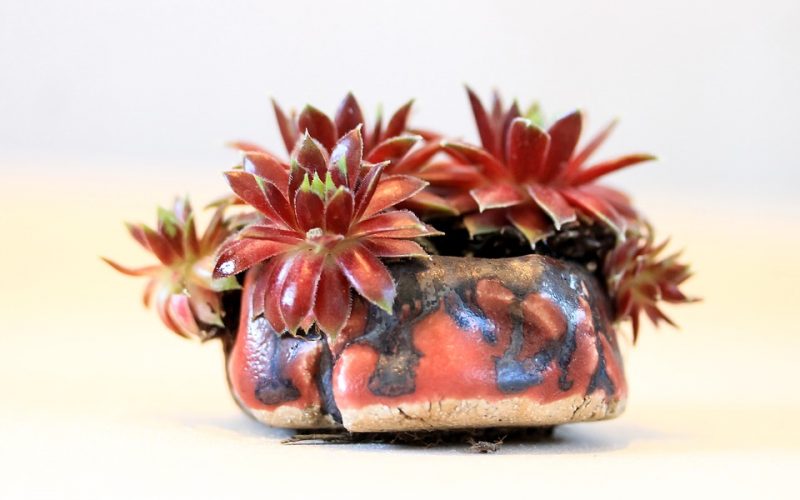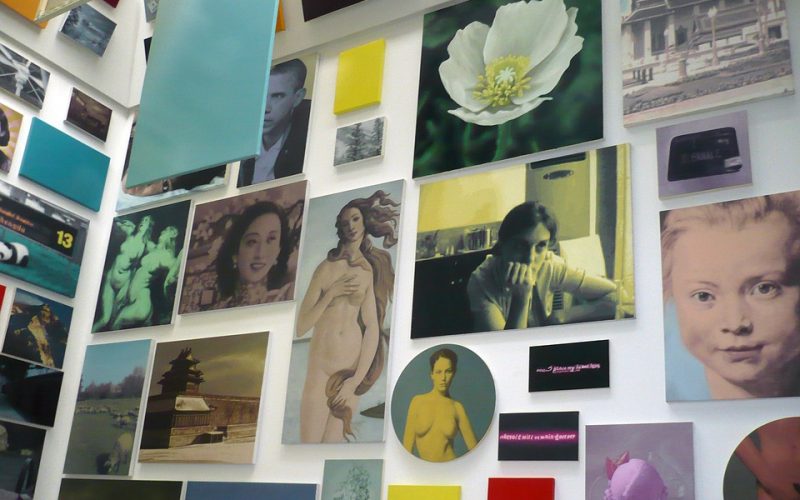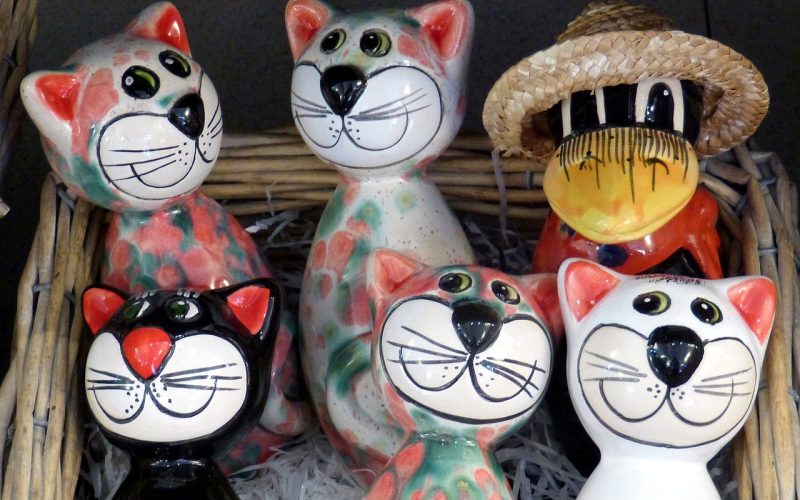Ceramics, an art form with ancient roots, continue to captivate modern audiences with their unique charm and versatility. From functional pottery to intricate sculptures, ceramics offer endless possibilities for artistic expression. But what exactly makes a ceramic piece interesting? Several elements come together to transform a simple clay object into a compelling work of art. In this article, we'll explore the key features that contribute to the allure of ceramic pieces.
Texture and surface treatment
One of the most captivating aspects of ceramics is the texture. The tactile quality of a ceramic piece can evoke a sensory experience that is both visual and physical. Artists can manipulate the surface of clay in countless ways, from smooth, polished finishes to rough, organic textures. The choice of surface treatment can dramatically alter the perception of a piece, inviting viewers to engage with the work on a deeper level. Techniques such as carving, engraving, and slip trailing add dimension and complexity, making the piece visually appealing and inviting to touch.
Glazing and colour
Glazing is another critical element that adds intrigue to a ceramic piece. The application of glaze can transform the appearance of clay, offering a wide range of colours and finishes, from glossy to matte. Glazes can create depth and richness, enhancing the overall aesthetic of the piece. The colour palette chosen by the artist can convey different moods and themes, from vibrant and playful to subtle and serene. Additionally, the unpredictable nature of glaze reactions during firing can result in unexpected effects, lending a sense of spontaneity and uniqueness to each piece.
Form and shape
The form and shape of a ceramic piece are fundamental to its visual impact. The silhouette of a piece can be simple and elegant or intricate and complex, each conveying its own narrative. The balance between form and function is often at the heart of ceramic art, with artists exploring the boundaries of practicality and creativity. A well-executed form can highlight the artist's skill and understanding of material properties, while innovative shapes can challenge traditional notions of ceramics, pushing the boundaries of the medium.
Context and historical significance
Ceramics often carry historical and cultural significance, adding layers of meaning to the work. Understanding the context in which a piece was created can enrich the viewer's appreciation of the art. Traditional techniques and motifs can reflect cultural heritage and history, while contemporary pieces may address current social and political issues. The ability of ceramics to transcend time and connect different generations through shared stories and symbols makes them a powerful medium for storytelling.
Functionality and utility
While many ceramics are purely artistic, the functionality of a piece can also contribute to its interest. Functional ceramics, such as tableware and vessels, are designed with utility in mind, yet they often possess an aesthetic quality that elevates them beyond mere objects of use. The interplay between form and function is a fascinating aspect of ceramic art, where practical pieces can also serve as beautiful, decorative items. This dual nature invites viewers to consider the role of art in everyday life and challenges the boundaries between art and craft.
Artist's intention and personal expression
Ultimately, the artist's intention and personal expression are at the core of any interesting ceramic piece. Each artist brings their unique perspective, experiences, and emotions to their work, resulting in pieces that are deeply personal and meaningful. The narrative behind the creation process, the inspiration drawn from life and nature, and the exploration of self all contribute to the intrigue of a piece. Viewers are often drawn to the authenticity and vulnerability expressed by the artist, making the connection between creator and audience a vital component of the art's impact.
The elements that make a ceramic piece interesting are as diverse and varied as the art form itself. From texture and colour to form and function, each aspect contributes to the overall appeal and significance of the work. Whether through historical context, personal expression, or innovative design, ceramics continue to captivate and inspire, offering a rich tapestry of stories and experiences for both artists and audiences to explore.
